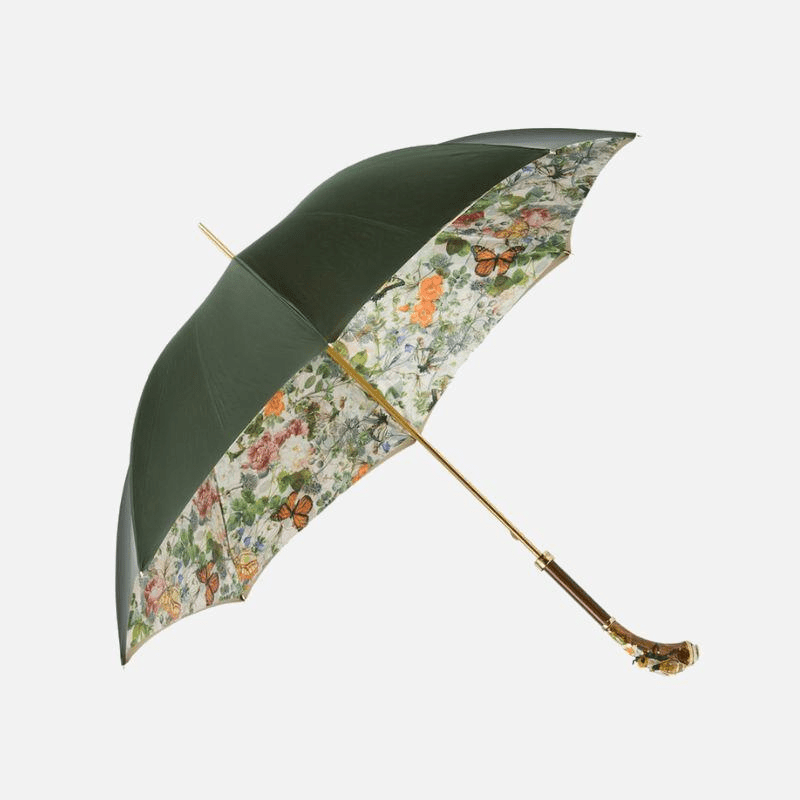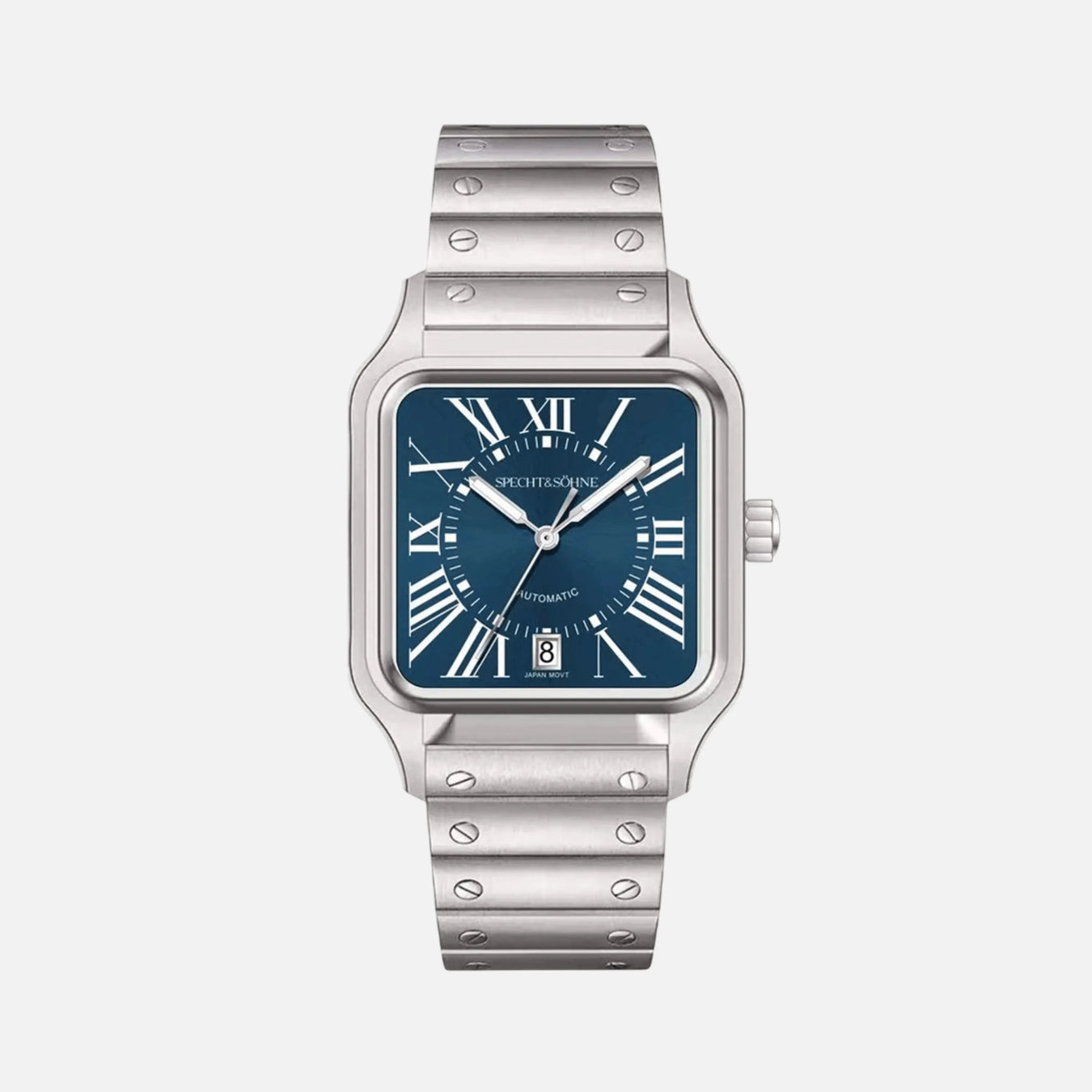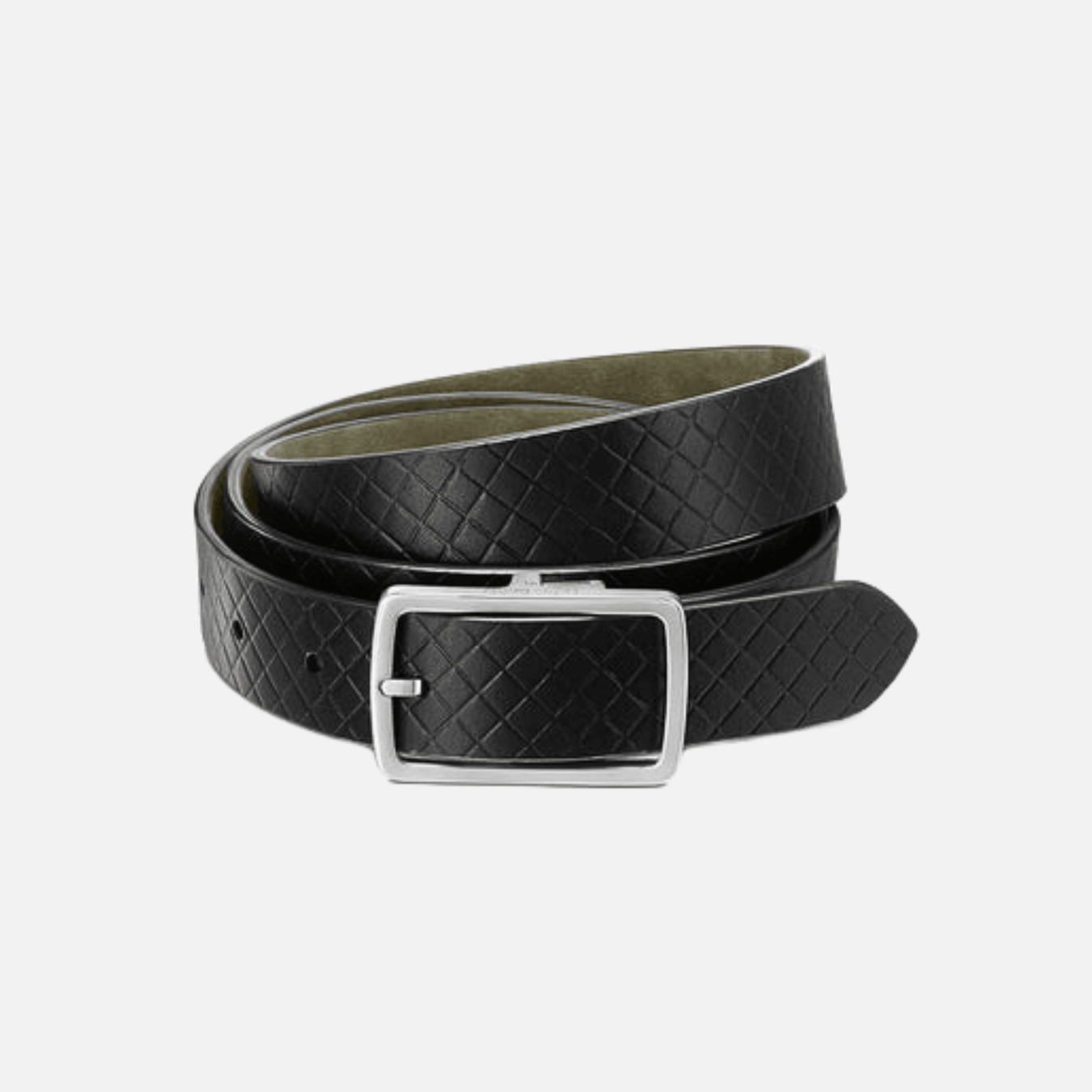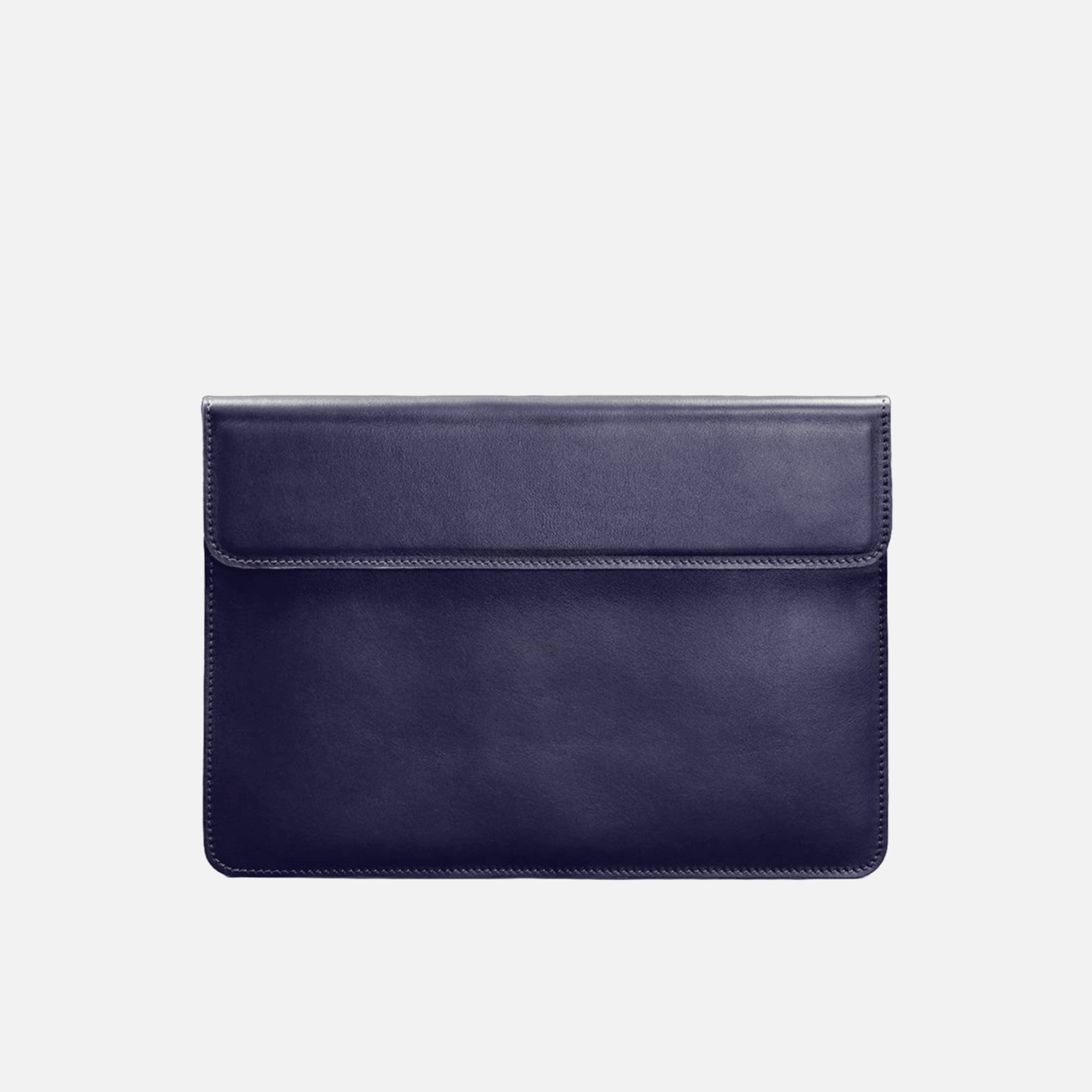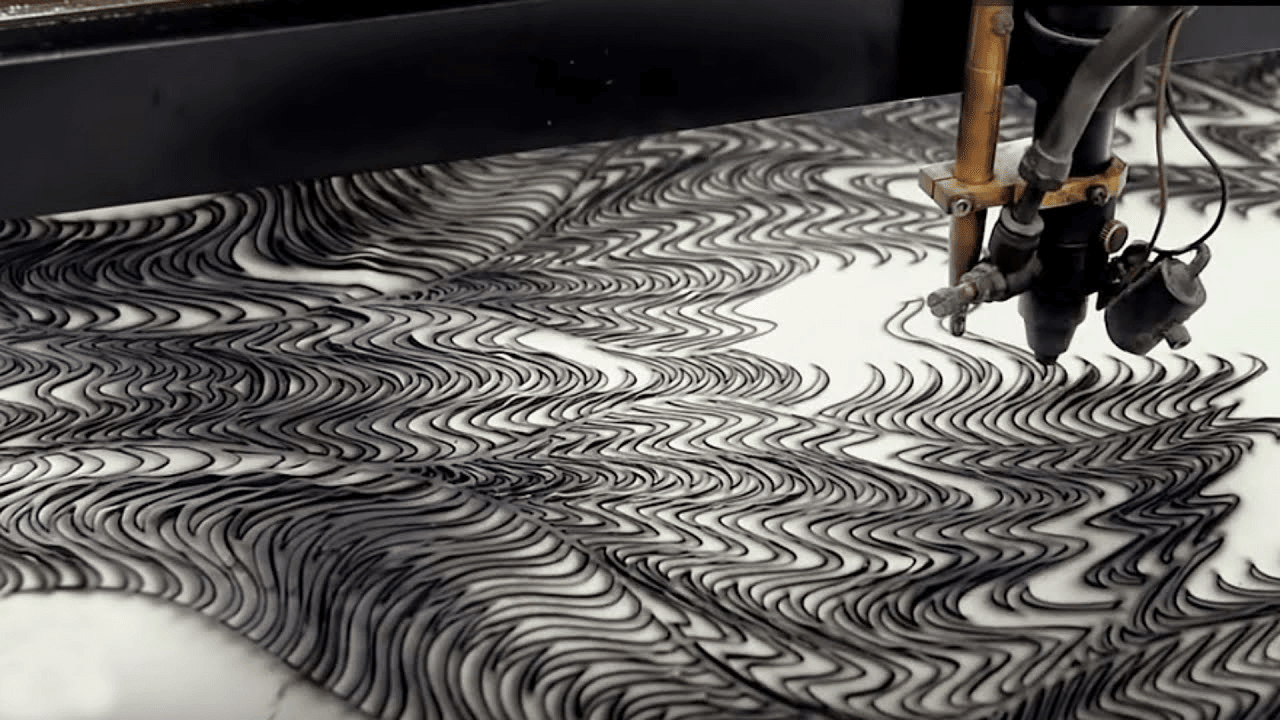
The Intersection of Technology and Fashion: Crafting Luxury Experiences
Introduction to the Symbiosis of Technology and Fashion
The realms of technology and fashion have increasingly intertwined in a symbiotic relationship, enhancing functionality, personalization, and aesthetic appeal in wearable products. As technological advancements leap forward, the fashion industry has been swift to embrace these innovations, often leading to groundbreaking developments that redefine consumers’ experiences.
Fashion designers and tech giants are collaborating to infuse garments and accessories with cutting-edge technology, elevating the luxury segment to new heights of interactivity and exclusivity. Below are essential ways that technology influences the luxury fashion experience:
-
Smart Fabrics and Wearables: Innovations such as conductive textiles and embedded sensors have opened up new possibilities for garments that can monitor health or modify their appearance.
-
3D Printing: Custom luxury pieces are being created using 3D printing technology, offering a new level of customization and design intricacy impossible with traditional manufacturing techniques.
-
Sustainability: Technology aids in achieving sustainability in luxury fashion through materials science innovations and improved supply chain transparency.
-
Virtual Reality (VR) and Augmented Reality (AR): These technologies transport customers into immersive worlds, offering personalized shopping experiences and virtual try-ons that transcend physical boundaries.
-
AI and Personalization: Artificial intelligence is deployed to analyze customer data and provide highly personalized product recommendations and tailor-made designs.
-
Blockchain for Authentication: Luxury brands use blockchain to combat counterfeiting and maintain the exclusivity of their products, ensuring customer trust and authenticity.
This blend of technology and fashion not only satisfies the traditional desires for luxury—quality, craftsmanship, and exclusivity—but also caters to a new generation seeking innovative experiences that embrace modernity and sustainability. As the fusion between these sectors deepens, it’s clear that the future of luxury fashion lies within the nexus of style and the digital revolution.
Historical Evolution of Fashion and Technology Convergence
The interplay of fashion and technology has roots extending back at least to the 19th century, when the invention of the sewing machine revolutionized garment construction, making fashion more accessible. Throughout the 20th century, further innovations like synthetic fabrics and zippers influenced design and functionality.
During the latter half of the 20th century, the digital wave began to significantly impact fashion. In the 1980s, fashion houses started to employ new technologies for design and production. CAD systems enabled more precise design work, while innovations in textile production led to materials with enhanced properties and the advent of wearables.
The proliferation of the internet in the 1990s and early 2000s resulted in e-commerce, changing how consumers engaged with fashion. It wasn’t long before technology became not just an enabler but a direct influencer on style, with designers such as Hussein Chalayan integrating LED displays into dresses.
In recent years, the convergence of fashion and technology has accelerated further:
- Smart fabrics have been developed that can adapt to environmental changes or monitor health signals.
- 3D printing is transforming the possibilities of shape, structure, and materiality in fashion items.
- Augmented Reality (AR) and Virtual Reality (VR) are providing immersive experiences for customers, from trying clothes virtually to attending digital fashion shows.
- The use of Artificial Intelligence (AI) in trend forecasting and personalized shopping experiences is reshaping consumer engagement.
- The sustainability movement is leveraging tech to trace garment life cycles and promote ethical practices.
This progression has not just resulted in new products but has crafted entire experiences, situating luxury at the intersection where tradition meets futuristic innovation. The journey of fashion and technology convergence remains ongoing, suggesting an exciting, dynamic future for the luxury sector.
The Role of Wearable Tech in Reimagining Luxury
The luxury sector has always been synonymous with exclusivity and sophistication. As the digital age forges ahead, luxury brands are embracing wearable technology to redefine opulence. Wearable tech integrates the prowess of innovative gadgetry with the finesse of high-end fashion, creating a novel genre of deluxe items that are both functional and stylish.
Luxury wearables have surpassed the realm of mere fitness trackers and smartwatches. High-end designers are collaborating with tech companies to craft pieces that embody the essence of luxury while incorporating cutting-edge technology. These wearables include:
- Smart Jewelry: Rings, bracelets, and necklaces that not only complement an outfit but also serve as notification hubs and wellness trackers.
- Enhanced Timepieces: Watches that offer more than time-telling; they manage calls, provide navigation, and even allow for contactless payments.
- Designer Health Monitors: Devices that seamlessly blend with everyday fashion while monitoring vital health parameters discreetly.
- Connected Apparel: Clothing that adjusts to climate changes, tracks physical activity, and exudes elegance.
Wearable tech is refashioning luxury by adding a layer of personalization. Products are now able to:
- Adapt to individual preferences, learning and adjusting to the user’s behavior and needs.
- Enhance the user’s experience by connecting to other devices and creating a cohesive, interactive ecosystem.
- Offer exclusivity not just through brand name but also through personalized functionalities that cater to the distinctive lifestyle of each customer.
This integration of technology and luxury not only elevates the user’s experience but also sets a new precedent for what is considered deluxe. As technology evolves, the possibilities for versatile, luxe wearable items continue to expand, promising an era where luxury is defined not just by appearance but by an amalgamation of style, functionality, and personal connectivity.
Smart Fabrics and Interactive Garments: The Future of Couture
In the vanguard of fashion innovation, smart fabrics and interactive garments are redefining luxury and personal expression. Through the integration of cutting-edge technology, these materials offer functionality beyond conventional textiles. They provide designers with new avenues to explore temperature regulation, color-changing capabilities, and even connectivity with digital devices, creating a symbiotic relationship between the wearer and the garment.
-
Responsive to Environment: Smart fabrics are imbued with responsive technology that adapts to environmental changes. For example, phase change materials can adjust insulation based on temperature, providing comfort and bespoke climate control.
-
Health and Wellness Monitoring: Incorporating biometric sensors, interactive garments can track health data such as heart rate and stress levels, offering a value-added dimension to luxury fashion. This turns clothing into a tool for wellness management, aligning with lifestyle aspirations of a health-conscious clientele.
-
Sustainability and Innovation: The development of smart textiles often focuses on sustainability, utilizing eco-friendly processes and materials. They have the potential to revolutionize the fashion industry by reducing waste and energy consumption, a compelling selling point for environmentally aware consumers.
-
Aesthetic Versatility and Personalization: Emerging technologies allow for chameleonic designs that morph in color or pattern at the wearer’s discretion. OLED fabric displays present opportunities for personal expression and branding, catering to the desire for unique and customizable fashion experiences.
-
Connectivity and Interaction: Garments equipped with conductive fibers allow interaction with smart devices or other IoT-enabled environments, delivering an unprecedented level of convenience and immersive interaction, from gesture control to seamless information access.
As the luxury fashion industry embraces these advancements, the future of couture promises not only to captivate with aesthetic appeal but also to enrich life with multifaceted and meaningful experiences. This evolution pledges an ecosystem where technology and creativity collude, crafting garments that are at the forefront of both innovation and elegance.
Innovative Retail Experiences with Augmented and Virtual Reality
The retail landscape is undergoing a profound transformation with the integration of Augmented Reality (AR) and Virtual Reality (VR), particularly in the luxury fashion sector. These innovative technologies are enhancing the shopping experience by merging the tactile pleasure of in-store shopping with the convenience of online browsing.
AR and VR applications allow consumers to visualize products in a real-world context without ever stepping into a physical store. For instance, luxury fashion brands are implementing virtual fitting rooms, where customers can try on garments digitally, thus providing a personalized shopping experience from the comfort of their homes. This not only increases consumer engagement but also reduces the rate of product returns.
In-store, AR mirrors can offer a seamless, tech-driven experience. Shoppers can see how a piece of clothing fits without the need to physically change, creating an efficient and immersive shopping experience. Furthermore, interactive windows attract passersby, converting them into potential customers by showcasing products in a dynamic, three-dimensional space.
Additionally, VR headsets transport customers to virtual worlds where they can attend exclusive fashion shows or explore the story behind a fashion line, thus elevating the concept of brand storytelling. This immersive narrative fosters an emotional connection between the consumer and the brand, which is paramount in luxury retail.
Luxury brands are also leveraging this technology for staff training and design processes, allowing for a sophisticated and innovative work environment. These practices not only streamline operations but also pave the way for creative designs that are informed by virtual simulations.
The implementation of AR and VR in the luxury retail sector is not just a trend; it is a strategic approach to crafting elevated and unforgettable customer experiences. Through these technologies, the fashion industry is setting new standards for luxury and attracting a tech-savvy clientele that values innovation alongside exclusivity.
Artificial Intelligence in Personalization and Design
In the quest to deliver sublime luxury experiences, the fashion industry has embraced the transformative power of artificial intelligence (AI). This dynamic technology is revolutionizing personalization and design, the keystones of luxury fashion. AI’s sophisticated algorithms analyze vast quantities of data to discern individual consumer preferences and predict future trends. This predictive capability allows designers to craft highly personalized garments and accessories that resonate with individual style and anticipation of their desires, without explicit input from the consumer.
AI-driven tools facilitate the creation of bespoke designs, as they offer recommendations based on the user’s past behavior, social media activity, and even current fashion trends. This hyper-personalization is not just limited to design. It extends into the shopping experience, where AI chatbots provide a concierge-like service, guiding consumers through a curated selection of products.
Moreover, AI’s influence extends to reducing waste in the fashion industry by suggesting designs that align with sustainable practices and consumer demand, thus ensuring luxury brands can be both opulent and environmentally conscious. In design production, AI optimizes resource allocation by streamlining the supply chain, significantly reducing time-to-market for new designs, and ultimately allowing for faster responses to evolving fashion trends.
The integration of AI in fashion also encourages innovative business models. Brands are now turning to on-demand manufacturing, powered by AI, to reduce overproduction and inventory surplus. This shift not only contributes to sustainability efforts but also ensures that the exclusivity expected from luxury items is maintained.
In the sphere of fashion, AI is not only a tool for efficiency and personalization – it is reshaping the very art of design, making every luxury experience uniquely tailored and environmentally responsible.
Sustainable Fashion: Technology’s Answer to Eco-Luxury
In recent years, the intersection of technology and fashion has initiated innovative strides towards sustainable luxury. Cutting-edge solutions aim to reduce the environmental footprint while maintaining the opulence associated with luxury goods.
-
3D Printing and Customization: Utilizing 3D printing, fashion houses are now able to produce tailor-made items on-demand, slashing waste associated with mass production. This practice not only conserves materials but also meets the high standards of personalization expected in luxury markets.
-
Textile Innovation: Technologies such as lab-grown leather and fabrics made from recycled plastic bottles are revolutionizing materials used in luxury fashion. These eco-friendly alternatives provide the same quality and aesthetic as traditional materials while vastly reducing environmental harm.
-
Supply Chain Transparency: Blockchain technology is being leveraged to bring unparalleled transparency to the supply chain. Consumers can now trace the lifecycle of a product, ensuring that ethical and sustainable practices have been upheld at every stage.
-
AI in Design: Artificial Intelligence is assisting designers in creating efficient, waste-reducing patterns and predicting trends to prevent overproduction. By aligning production with actual demand, AI serves as a cornerstone for sustainable luxury.
-
Energy Efficient Processes: Conscious of energy consumption, the fashion industry embraces renewable energy and closed-loop systems. This transition includes high-efficiency production techniques that lower carbon footprints without compromising on craftsmanship.
These technological advancements serve as a testament to the fashion industry’s commitment to marrying luxury with sustainability. Brands adopting these practices are not only pioneering a new wave of eco-luxury but are also setting benchmarks for the wider industry to follow.
The Impact of 3D Printing on Custom Luxury Creations
As technology evolves, the luxury fashion industry is experiencing a profound transformation with the advent of 3D printing. This revolutionary method has enabled designers to push the boundaries of creativity and personalization, creating bespoke luxury items that cater to the unique tastes and desires of discerning clientele.
-
Reduction of Waste: 3D printing allows for precision in design, reducing material waste common in traditional manufacturing. Luxury brands can create intricate designs without the excess of raw materials, aligning with the growing consumer demand for sustainability.
-
Rapid Prototyping: Designers can quickly bring concepts to life, enabling a faster turnaround from the design stage to the final product. This agility is crucial in an industry where being ahead of trends can dictate market success.
-
Material Innovation: The technology opens avenues for experimenting with unconventional materials and composites, resulting in unique textures and properties not achievable through traditional methods. Luxury creations now feature a blend of high-tech and high-fashion elements.
-
Customization at Scale: 3D printing allows for significant customization with ease, providing luxury consumers with the exclusivity they crave. From custom-fit garments to personalized accessories, each piece can be tailored to the individual, enhancing the luxury experience.
-
Preservation of Craftsmanship: While 3D printing offers modern manufacturing techniques, it also preserves traditional craftsmanship. Artisans can collaborate with technology, using 3D printed components to complement handcrafted features in luxury items, thus maintaining the brand heritage that customers value.
By harnessing the power of 3D printing, the luxury fashion sector is not just keeping pace with innovation but is also redefining the very essence of custom luxury creation, blending the best of artisanal skill with cutting-edge technology to deliver unparalleled, personalized luxury experiences.
Blockchain and Authentication: Ensuring Exclusivity in Luxury Fashion
In the echelons of luxury fashion, exclusivity remains a cornerstone, with authenticity being its bedrock. Blockchain technology offers an innovative approach to reinforcing these principles. Its application within the luxury fashion industry serves to create an immutable ledger of ownership and authenticity, bolstering consumer confidence and reinforcing brand integrity.
-
Provenance Tracking: Blockchain allows for the tracking of an item’s provenance, ensuring that every product can be traced back to its origin. Luxury fashion houses can thus guarantee the authenticity of their products, from raw materials to the finished goods in the consumer’s hands.
-
Counterfeit Deterrence: By establishing a secure and permanent record of each item, blockchain technology hampers the circulation of counterfeit goods. Potential purchasers can verify the legitimacy of luxury items through a transparent and unalterable blockchain ledger, which serves as a deterrent to counterfeiters.
-
Digital Certificates of Authenticity: Blockchain enables brands to issue digital certificates of authenticity. These certificates, which are virtually incorruptible, can be easily transferred and verified, should ownership of the luxury item change hands.
-
Consumer Engagement: The ability to verify authenticity can enhance customer loyalty and trust. Engaging with consumers through blockchain-secured authenticity can build a more transparent relationship, fostering a sense of community among brand aficionados who value exclusivity.
-
Sustainable Practices: Additionally, blockchain’s traceability can showcase a brand’s commitment to sustainable practices by providing evidence of ethically sourced materials, appealing to the environmentally conscious luxury consumer.
In conclusion, blockchain’s role in luxury fashion underscores a dynamic shift towards technical sophistication, marrying the timeless allure of exclusivity with the cutting-edge reassurance of digital authentication. Luxury brands that integrate blockchain into their authentication processes not only arm themselves against the threat of counterfeits but also provide a more secure and compelling brand experience.
Case Studies: Tech-forward Luxury Brands Leading the Charge
In the vanguard of technology-infused luxury fashion, certain brands have become case studies for their innovative approaches.
-
Burberry: This British luxury brand is trailblazing the digital retail space with its ‘Retail Theatre’ concept where in-store screens stream runway shows live, allowing customers to order directly from the catwalk using their mobile devices. Furthermore, Burberry harnesses AI for inventory management and customer insights, while also adopting AR for immersive marketing campaigns.
-
Gucci: Gucci has embraced a tech-forward ethos by integrating AR technology into their app, allowing customers to “try on” shoes virtually. They have also launched an AI-driven chatbot service for a personalized shopping experience and have innovated with blockchain for traceability within their supply chain to ensure authenticity and ethical standards.
-
Louis Vuitton: This iconic luxury house has been employing technology to enhance customer service. It has introduced the LV Pass app which scans ad images to provide product information and the option to purchase. Moreover, Louis Vuitton has developed smart luggage technology that enables tracking through a smartphone app.
The fusion of tech and luxury is not only about improving the shopping experience but also about asserting the brand’s contemporary relevance and innovative spirit. These brands are pioneering the future of luxury retail, crafting experiences that are seamlessly integrated with cutting-edge technology to satisfy the demands of the modern, tech-savvy consumer.
Consumer Adaptation: How Shoppers are Responding to Tech-Infused Fashion
As technology continues to weave its way into the fabric of everyday life, fashion is no exception. Consumers are adjusting to a marketplace where technology enhances their shopping experience and personal style. Here we observe several key behaviors demonstrating how shoppers are embracing tech-infused fashion:
-
Increased Engagement with Interactive Retail: Shoppers are actively engaging with interactive dressing rooms and virtual try-on apps. These interfaces allow consumers to visualize clothing and accessories on their person without physically trying them on, saving time and creating a more dynamic shopping experience.
-
Investment in Smart Clothing: There’s a growing cohort of consumers investing in smart garments – from fitness-tracking shoes to jackets that can control smartphones. These tech-savvy shoppers are motivated by both the novelty and the functionality of connected apparel.
-
Personalization Preference: The ability to personalize fashion items using technology is a major draw for consumers. People are drawn to brands that incorporate tech to tailor the shopping experience, whether that’s through custom-fit clothing generated by body scanning or AI-driven style recommendations.
-
Eco-conscious Choices: As technology provides greater transparency in the supply chain, consumers are making more informed choices. They are showing preference for brands that use tech to ensure ethical sourcing and demonstrate sustainability in their products.
-
Social Sharing and Fashion Influence: Social media continues to be fertile ground for fashion discovery. Consumers often use platforms to follow trends and seek out tech-enabled fashion. User-generated content and influencer marketing have become powerful tools in influencing shopping habits.
The integration of technology in fashion satisfies a clientele that’s eager for innovation, customization, and efficiency. Luxury brands that navigate this tech transition adroitly find themselves at the forefront, garnering favor with consumers who are quick to adapt to the benefits of a tech-infused fashion landscape.
Challenges and Considerations in Merging High Tech with High Fashion
Merging high tech with high fashion presents a unique array of challenges and considerations that must be addressed to ensure a successful fusion of these two dynamic industries:
-
Brand Integrity and Aesthetics: Maintaining the luxury brand’s aesthetic while embedding technology is pivotal. Designers must ensure that any technological insertions do not detract from the signature style and allure that loyal clients expect from high fashion brands.
-
Functionality Versus Fashion: Achieving a balance between utility and fashion can be daunting. Technology must be seamlessly integrated to provide functional benefits without overwhelming the fashion element. The tech components need to be subtle and complement the design rather than confront it.
-
Cost and Accessibility: Integrating high tech into fashion often leads to increased production costs, which can result in higher retail prices. This might limit accessibility to a broader market and may pose a challenge in terms of scaling for wider adoption.
-
Durability and Maintenance: The integration of delicate technology components with high-end materials necessitates careful consideration regarding the durability and maintenance of the final product. Luxury fashion items are investments with expected longevity, a standard that should be maintained with the incorporation of tech.
-
Technological Obsolescence: Technology evolves rapidly, risking obsolescence. High fashion pieces should possess a timeless quality, which raises the question of how to reconcile this with the ever-changing nature of tech.
-
Sustainability and Ethical Production: As both sectors grapple with issues of sustainability, merging high tech with high fashion requires a conscientious approach to ethical sourcing and production practices.
-
Consumer Data and Privacy: When wearable technology is involved, consumer data collection and privacy become significant concerns. Brands must navigate these waters carefully to ensure consumer trust.
These challenges necessitate a delicate balance. They require innovative solutions and forward-thinking strategies to blend high tech’s functionality with the luxurious appeal of high fashion, crafting an experience that transcends both domains.
Forecasting the Future: What’s Next for Tech in the Luxury Fashion World
As the luxury fashion industry continues to intertwine with cutting-edge technology, the future looks promising with an array of innovations poised to redefine the consumer’s experience. Driving this evolution are several key trends expected to gain momentum:
- Sustainable and Ethical Production: Leveraging technology, luxury brands will increasingly incorporate sustainable practices through materials and supply chain transparency. Blockchain technology plays a pivotal role here, enabling customers to track a product’s lifecycle, thereby ensuring ethical sourcing and authenticity.
- AI and Personalization: Artificial Intelligence (AI) will transform customer service and marketing. Combining AI with data analytics will enable brands to offer highly personalized shopping experiences, both online and offline, with recommendations tailored to individual preferences and buying history.
- Augmented Reality (AR) and Virtual Reality (VR): Immersive technologies like AR and VR are set to enhance the buying process. Consumers will likely experience virtual fitting rooms or immersive showrooms, allowing them to try on and interact with garments without physical limitations.
- 3D Printing: The proliferation of 3D printing technology will revolutionize the way luxury fashion items are produced, creating opportunities for on-demand manufacturing and reducing waste.
- Wearable Technology Integration: Fashion and function will continue to merge as luxury brands explore sophisticated wearable tech, from smart fabrics to accessories, that blend seamlessly with high fashion while offering additional utility.
- Cryptocurrency and NFTs: The integration of digital currencies and non-fungible tokens (NFTs) into transaction processes could redefine ownership and exclusivity in fashion, presenting a new realm of digital collectibles and experiences.
- Internet of Things (IoT) and Smart Stores: IoT will further enhance the retail experience with smart stores equipped with interactive mirrors, RFID-enabled inventory, and personalized shopping assistants, potentially reducing the need for human staff.
Overall, technology is set to be both a tool and a canvas for luxury fashion brands, offering new creative avenues and operational efficiencies while enriching the customer’s journey with exclusive and interactive experiences.
Conclusion: Embracing the Digital Renaissance in Luxury Fashion
As the digital renaissance unfolds, luxury fashion brands stand at the precipice of an unprecedented transformation. The integration of technology into the fabric of luxury fashion has not only streamlined operations but also enriched the customer experience monumentally. The brands that thrive will be those that succeed in balancing the exclusivity and heritage of luxury with the innovations of the digital age.
In this dynamic landscape, understanding the consumer’s digital behavior becomes pivotal. Luxury brands are optimizing data analytics to tailor personalized experiences, creating a seamless bridge between the digital and the tactile. As augmented reality (AR) dressing rooms become more prevalent, and virtual reality (VR) fashion shows gain traction, technology is no longer just an accessory in fashion; it is becoming the cornerstone of storytelling and customer engagement.
The digital transformation within luxury fashion also paves the way for sustainability. By leveraging advancements such as blockchain for traceability and 3D printing for on-demand manufacturing, brands are minimizing waste and championing transparency, a concern increasingly important to modern consumers.
The potential challenges accompanying this renaissance—such as ensuring cybersecurity and maintaining brand integrity online—must be approached with strategic foresight. Those in the forefront of this movement recognize the need for a skilled workforce adept in both the language of haute couture and the codes of the digital domain.
Embracing the digital renaissance requires a symbiosis of tradition and innovation. Luxury brands must continue to weave the timeless allure of exclusivity with the threads of digital advancement. In doing so, they will not only preserve their venerable legacies but also define the future of luxury fashion, where the digital and the physical realms become indistinguishable.


